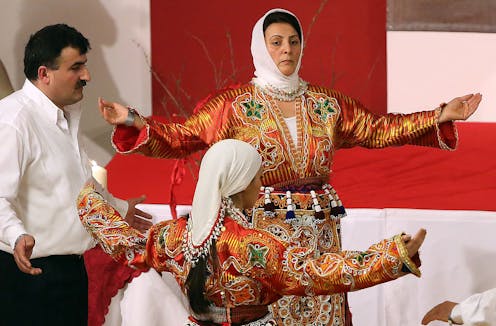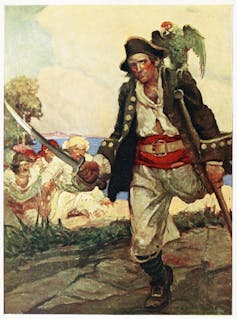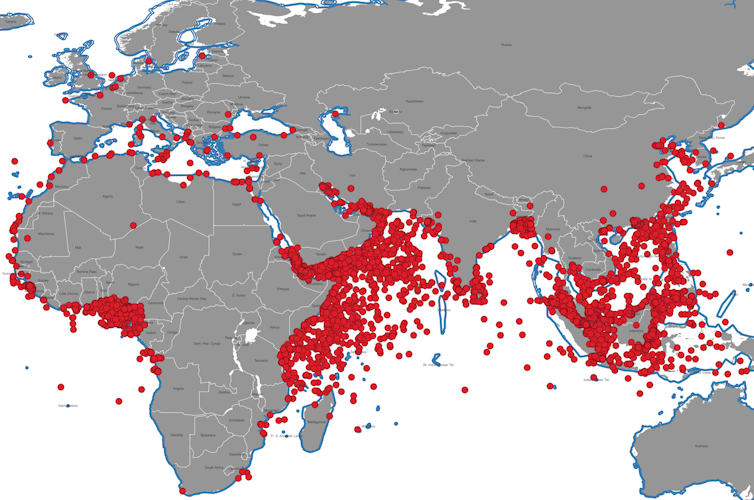Source: The Conversation – Africa – By Arnim Langer, Professor, KU Leuven
Almost 70 years after independence was gained across the continent, many African countries continue to face the complex task of managing ethnic diversity and building national cohesion. National cohesion is a broad and often abstract concept. It refers to the extent to which people within a country share a sense of common purpose and belonging. It is often reflected in the strength of national identities and the degree of pride individuals feel in being part of the nation.
The fact that borders in colonial Africa were drawn in the late 19th century to the early 20th century by European powers without regard for ethnic and cultural realities and histories meant that post-colonial African governments had to develop a sense of national consciousness and belonging.
To address this task, many African countries have made efforts to promote a shared national identity which could bridge ethnic and regional divides. Governments have experimented with a diverse range of policies: promoting national languages, establishing civic education, celebrating national holidays, and reforming state institutions. Other measures have included abolishing traditional kingdoms, redistributing land, renaming capital cities, compulsory military service, and national youth service programmes.
Research into the effectiveness of these African initiatives has been limited and inconclusive. In recently published research, researchers at the Centre for Research on Peace and Development at KU Leuven addressed this gap by analysing the impact of Ghana’s National Service Scheme. Our research shows that, under certain conditions, participation in this programme can meaningfully enhance feelings of national belonging.
Ghana’s experience with national service
Established in 1973, Ghana’s National Service Scheme requires university graduates to spend one year serving in diverse roles throughout the country. This sometimes takes them to regions far from their homes.
While Ghana is widely regarded as a model for the peaceful management of ethnic diversity, the establishment of the National Service Scheme in 1973 was necessary. It was partly a response to the deep regional and ethnic divisions that marked the country’s early postcolonial period. Notably, in the years leading up to the scheme’s introduction, political rivalry between Ashanti and Ewe elites played a significant role in the country’s political instability.
Initially designed to counteract such ethnic divisions, the scheme continues to engage very large numbers of graduates each year. Over 100,000 were deployed in 2025. The programme aims not only to strengthen national cohesion, but also to promote manpower development and address key social challenges. These include unemployment, illiteracy and poverty.
Participants are deployed across a range of sectors, including education, healthcare, agriculture and public administration. While the vast majority of participants are assigned to teaching roles in primary or secondary schools or to positions in healthcare institutions, others take on administrative roles within government agencies or the private sector. These deployments are meant to expose them to different communities and foster intergroup contact under conditions that promote social bonding and reduce prejudice.
But can national service also contribute towards fostering stronger feelings of national belonging?
To answer this question, we conducted a large-scale panel survey among almost 3,000 service personnel. They had participated in the scheme between August 2014 and September 2016. The participants were surveyed three times: before their deployment and again within weeks after completing their national service.
The survey was aimed at examining their feelings of national pride before, during, and after their year of national service. Our study provides compelling evidence that national service significantly boosts participants’ feelings of national pride and belonging.
We found that the mechanism behind this impact lies in intergroup contact. This is described as positive, meaningful interactions between individuals from diverse ethnic and regional backgrounds. Participants who reported frequent and meaningful interactions, including developing new friendships and gaining deeper knowledge of other cultural groups, showed the most significant increases in their sense of national pride.
Importantly, the greatest improvements were observed among participants who initially identified less strongly with the nation.
We further found that the positive effects of participation were not short-lived. It persisted well beyond the year of service.
Key takeaways for policymakers
Governments aiming to strengthen national identity through youth service programmes should consider four key lessons from Ghana’s experience.
Mandatory participation is crucial. Voluntary schemes tend to attract individuals who are already inclined towards inter-ethnic harmony. This limits their broader societal impact. Ghana’s mandatory approach ensures that a wide and diverse range of participants are included. This enhances the programme’s reach and effectiveness.
Structured interactions must be actively promoted. Simply placing people from different backgrounds together is not enough. Successful programmes, such as Ghana’s, intentionally create opportunities for meaningful engagement. These structured interactions help participants develop lasting relationships and deepen their understanding of other cultures.
Youth should be engaged during formative years. Recent graduates are at a stage in life when attitudes and identities are still forming. National service programmes that target this age group can have a lasting influence. Especially on how young people perceive national unity and their role within it.
Diverse placements are essential. National service programmes should deploy participants in settings that are diverse. The geographical location is of secondary importance. Exposure to diverse settings will challenge assumptions and broaden perspectives. It will also foster stronger national bonds across ethnic and regional lines.
Why national service pays off in the long run
National youth service programmes, when well-designed and properly managed, are a promising yet underused tool for promoting national unity in Africa’s ethnically diverse societies. These initiatives can create meaningful opportunities for young people to engage across regional and ethnic lines. This helps to build trust, civic responsibility, and a shared sense of national identity.
Yet, in recent decades, many of these programmes have been scaled back or discontinued across the continent. Examples are Botswana, Tanzania, Zimbabwe and Zambia. The main reason? Cost. Governments have often viewed the logistical and financial demands of deploying tens of thousands of graduates each year as unsustainable. But this short-term budget logic misses the bigger picture.
Ghana’s scheme shows what’s possible. In recent years, the scheme’s deployment figures have reached record highs. It is now common for around 100,000 national service personnel to be mobilised in a single service year. The positive outcomes observed in Ghana offer clear, evidence-based lessons for policymakers across the continent. Investing in national service is not just a cost – it’s a commitment to a more united future.
![]()
Arnim Langer receives funding from Research Foundation Flanders (FWO).
Bart Meuleman receives funding from Research Foundation Flanders (FWO)
Lucas Leopold receives funding from Research Foundation Flanders (FWO).
– ref. University graduates in Ghana must serve society for a year – study suggests it’s good for national unity – https://theconversation.com/university-graduates-in-ghana-must-serve-society-for-a-year-study-suggests-its-good-for-national-unity-258743












